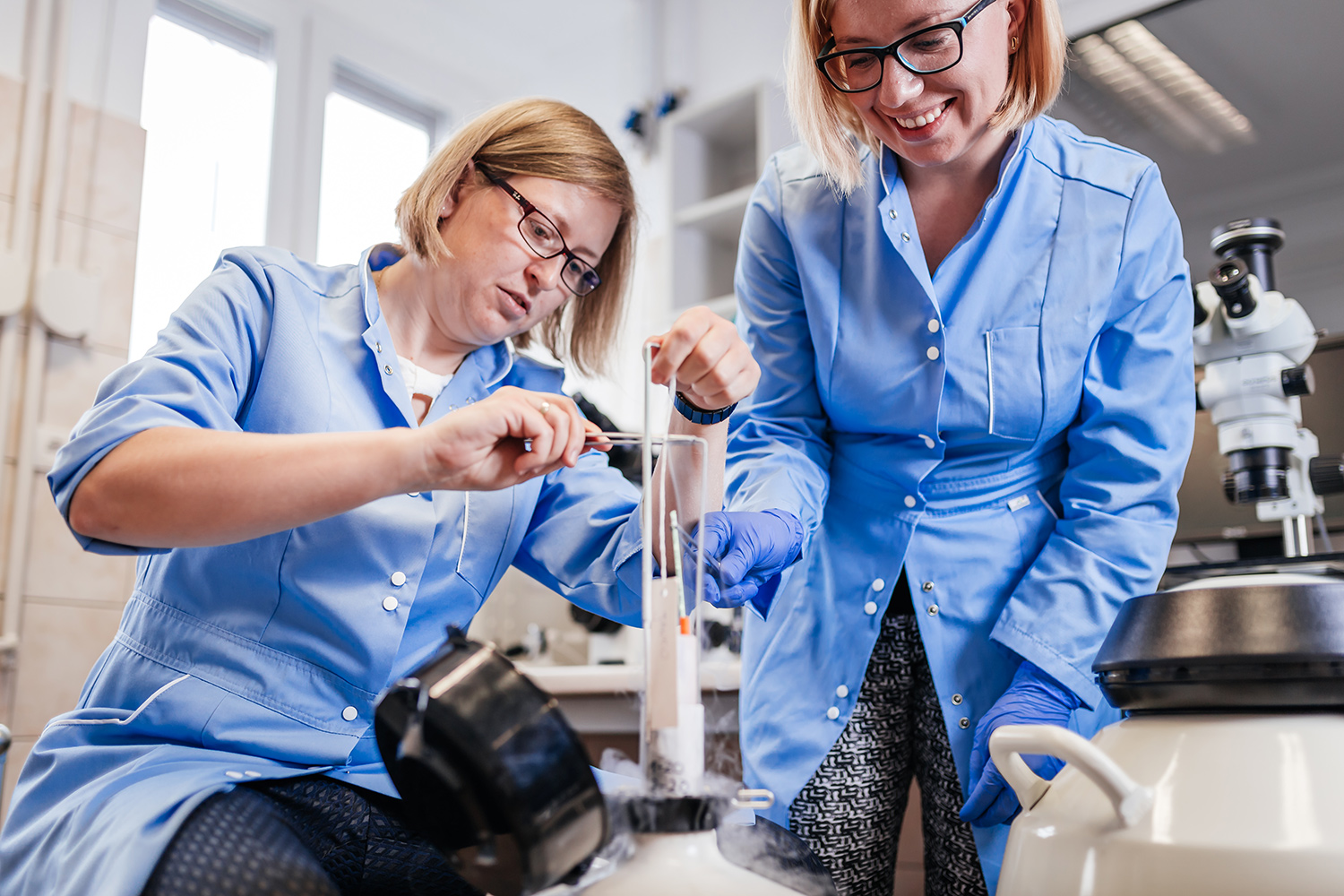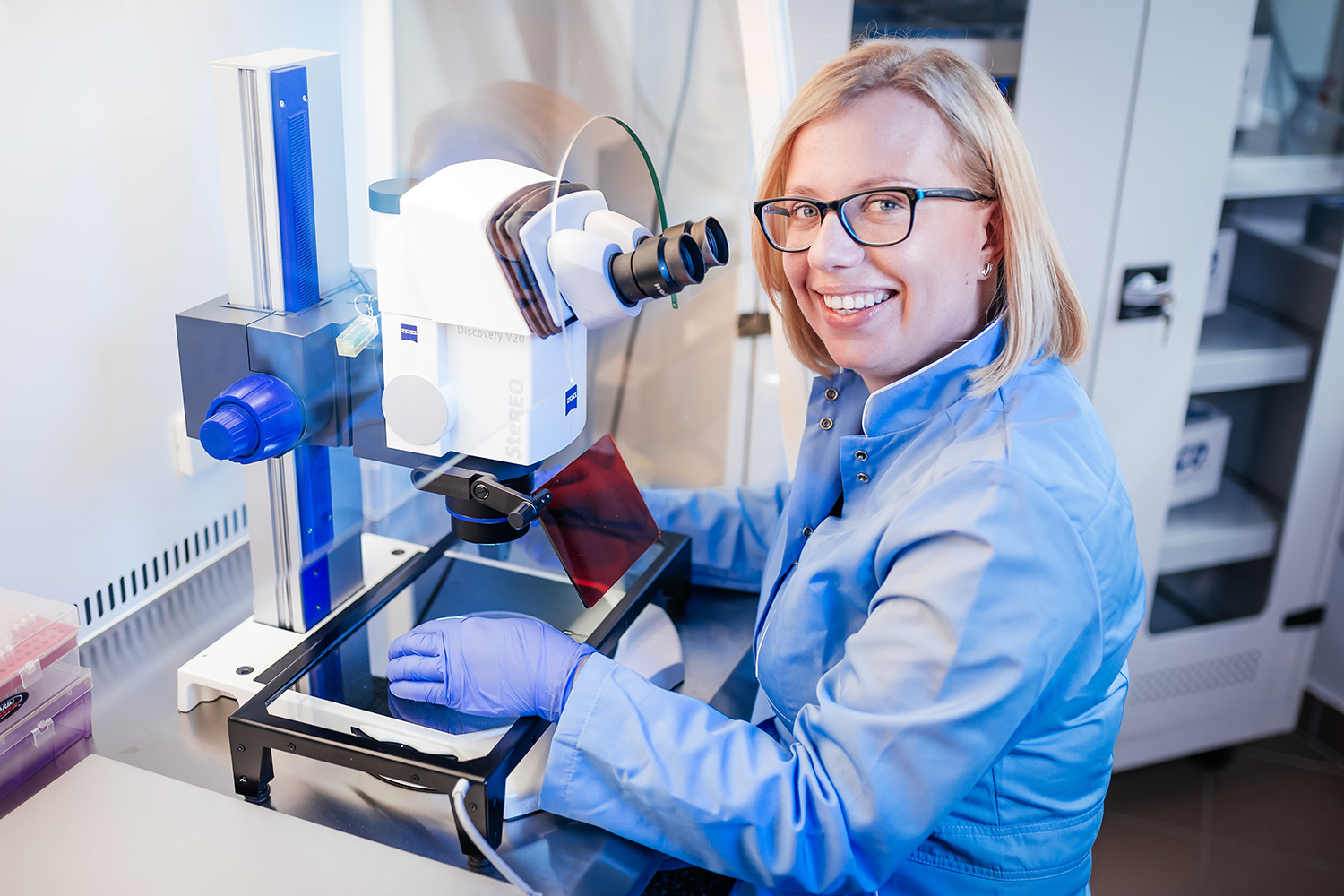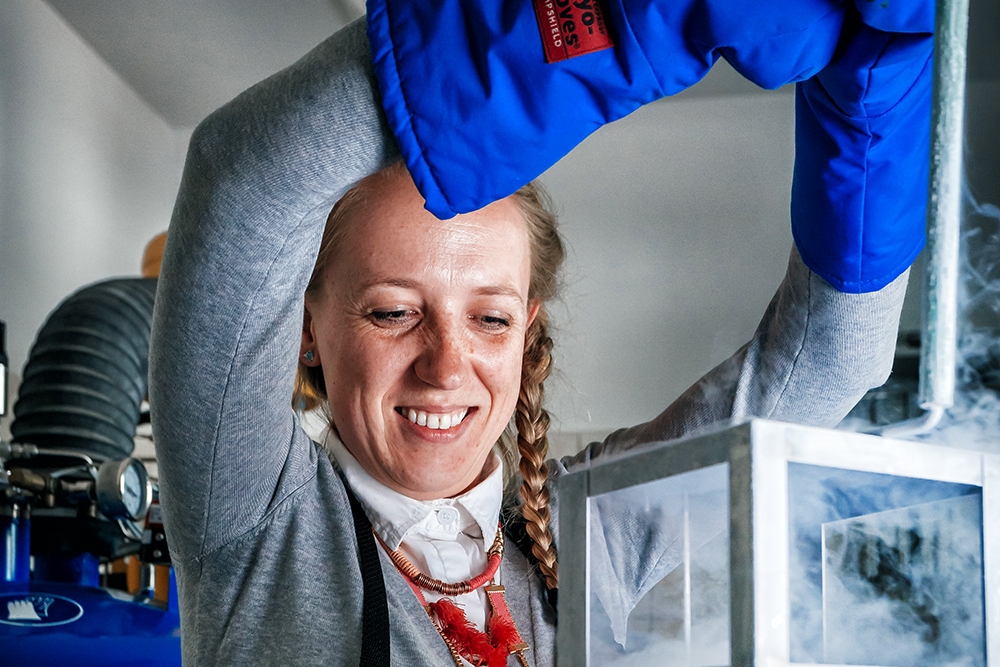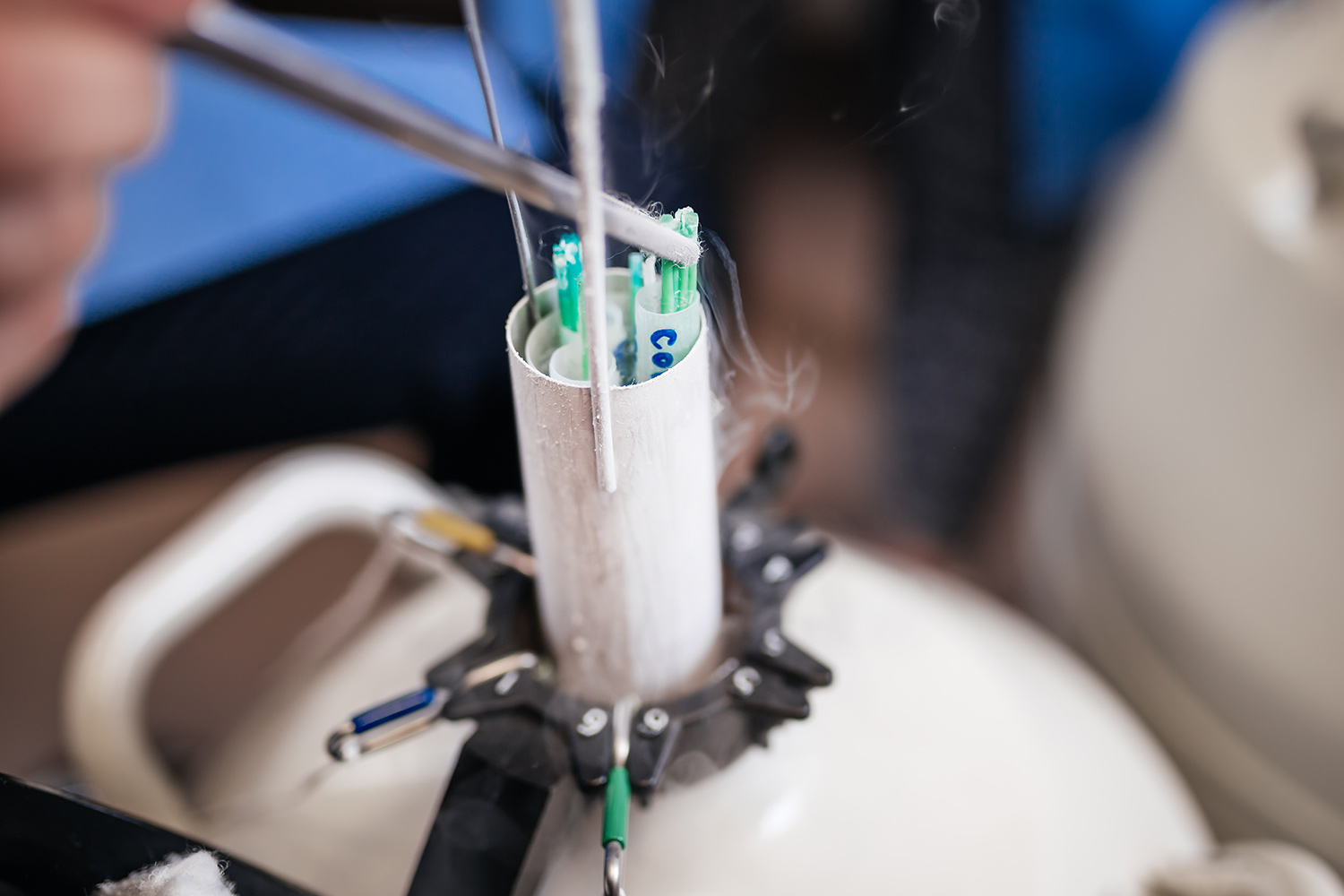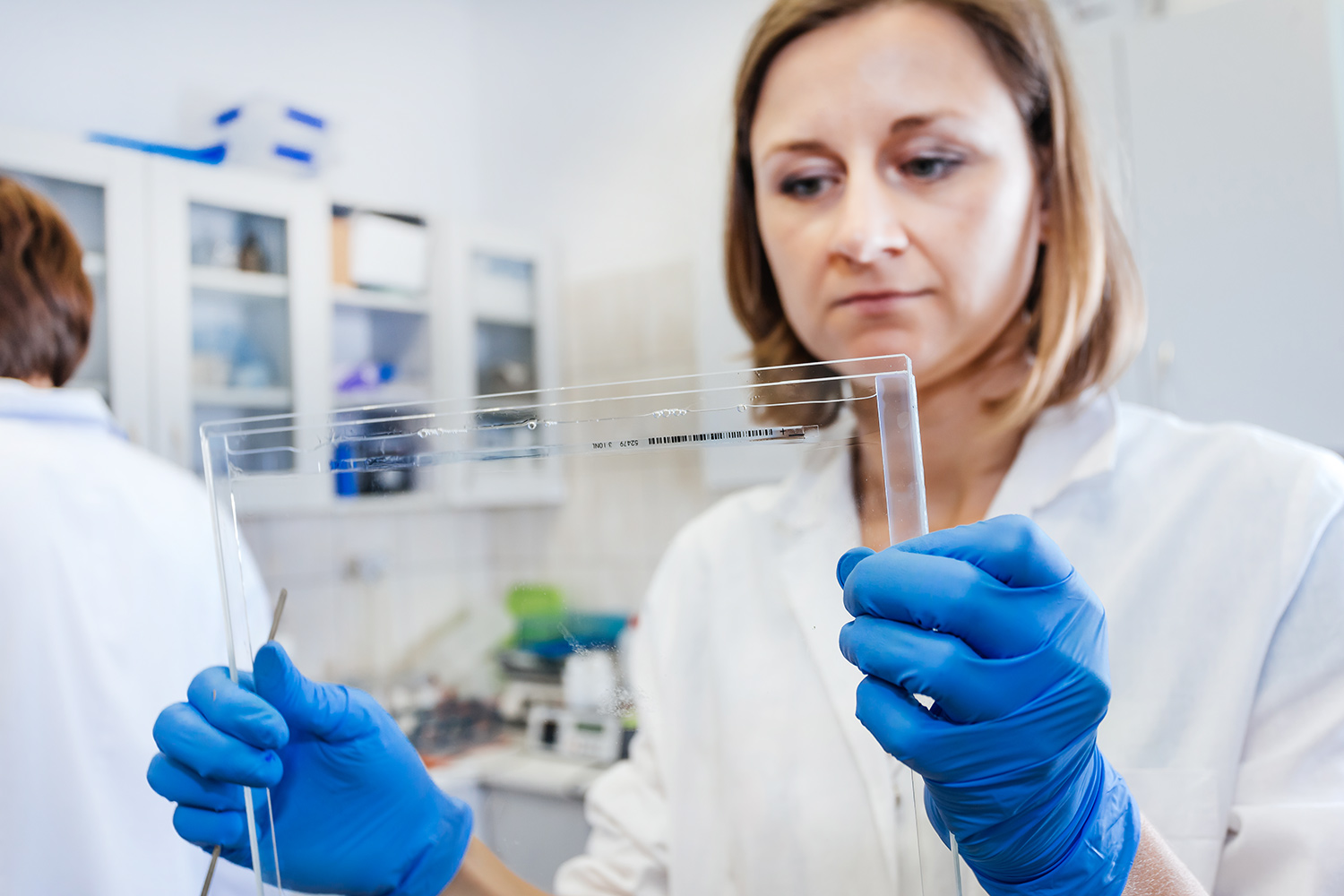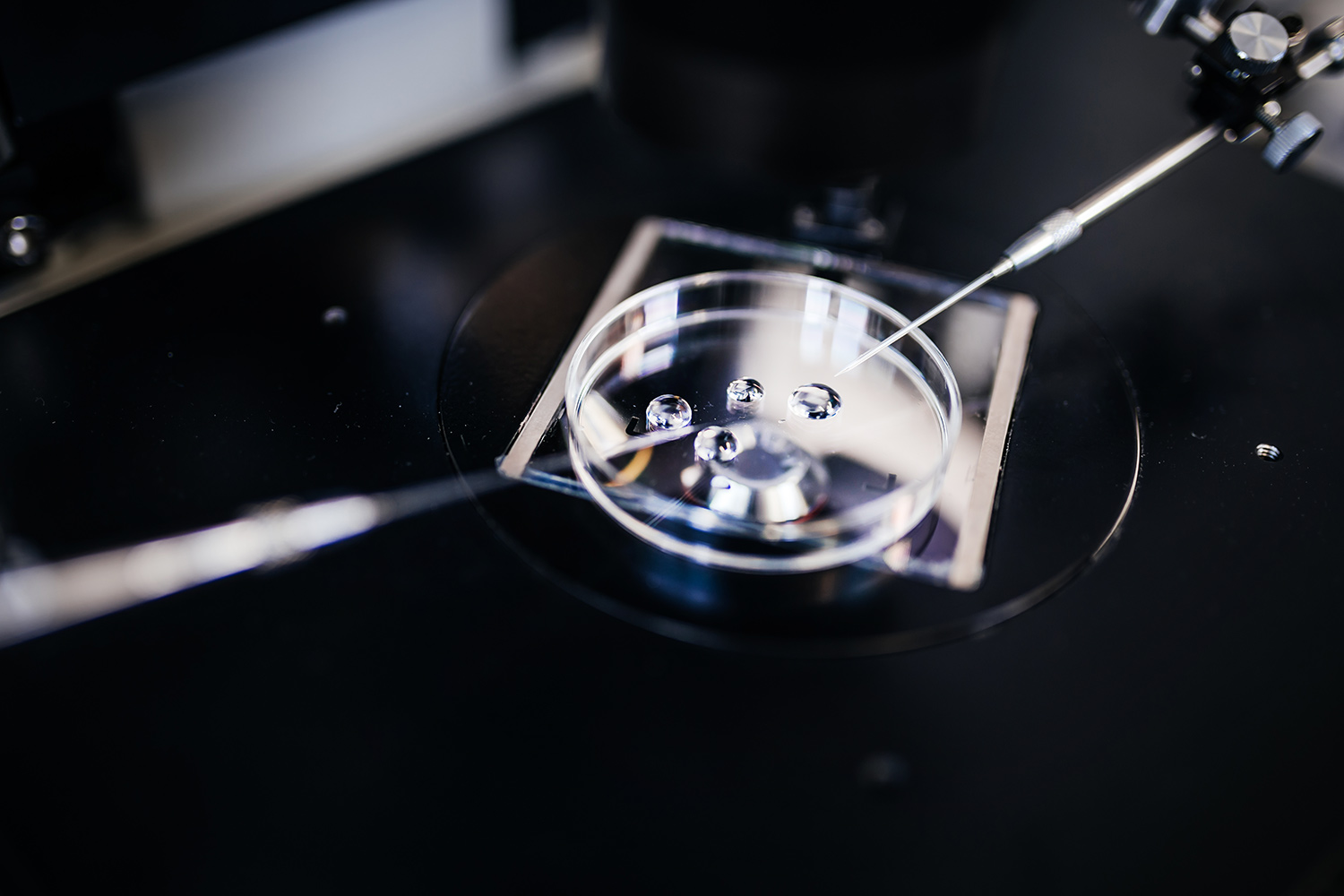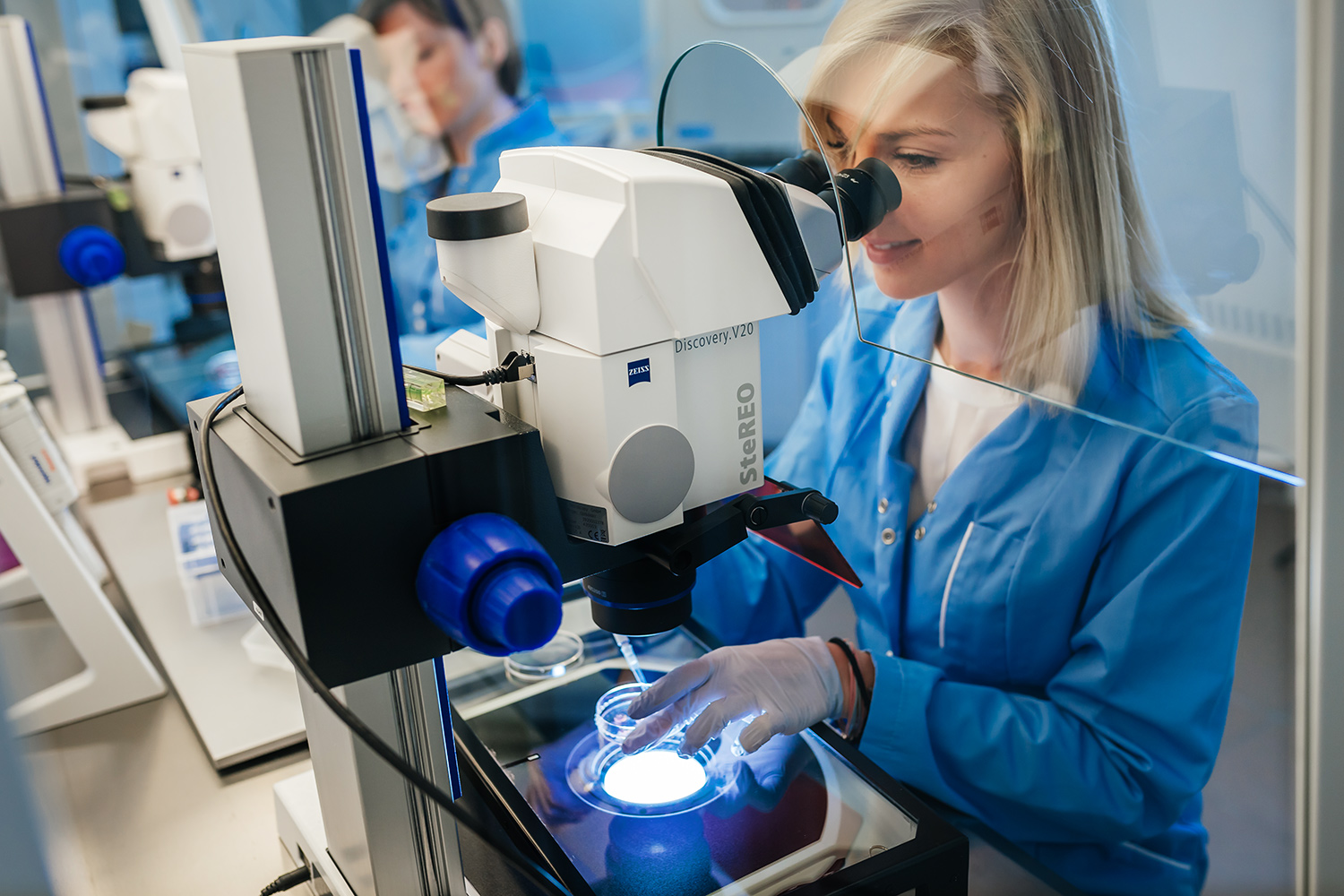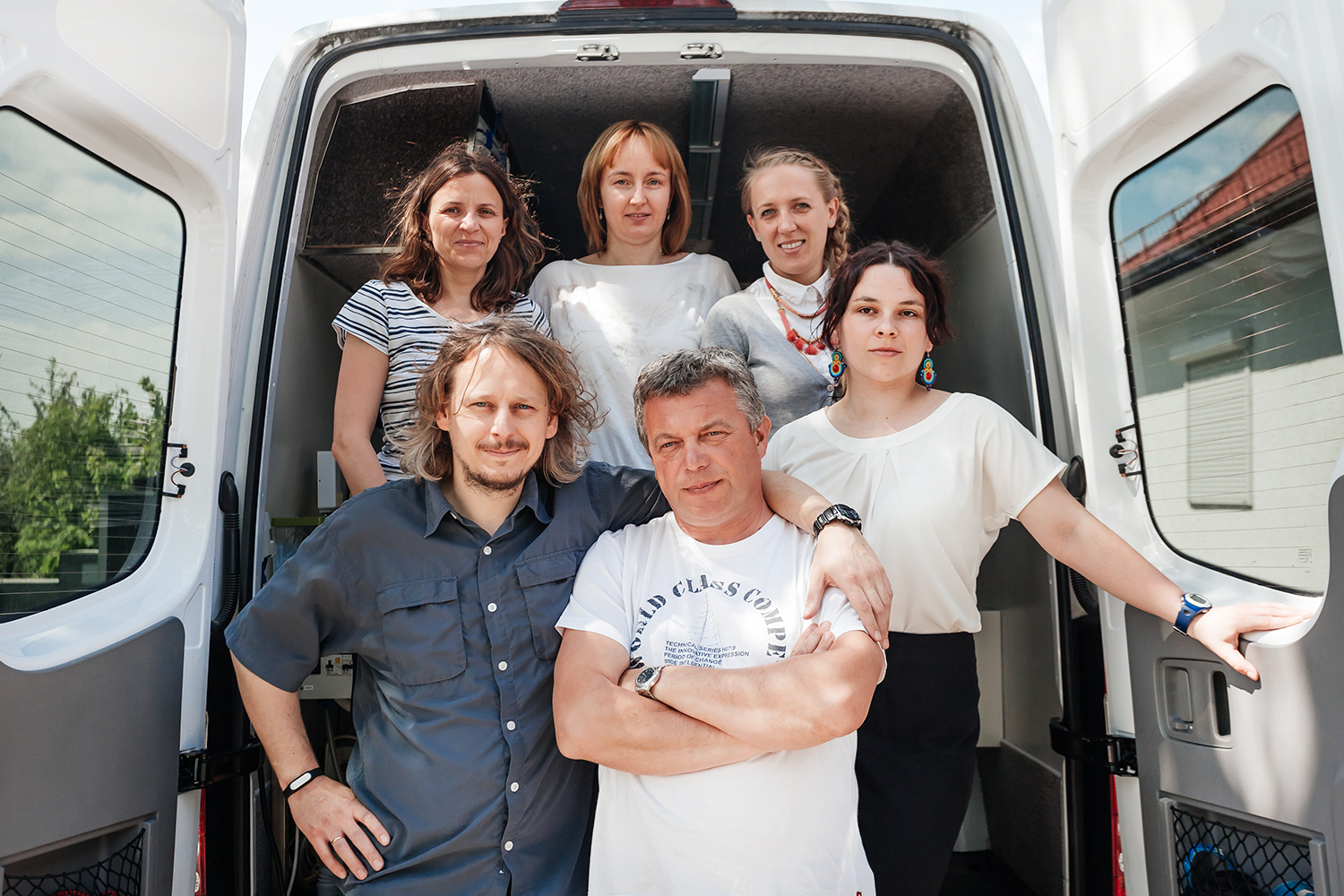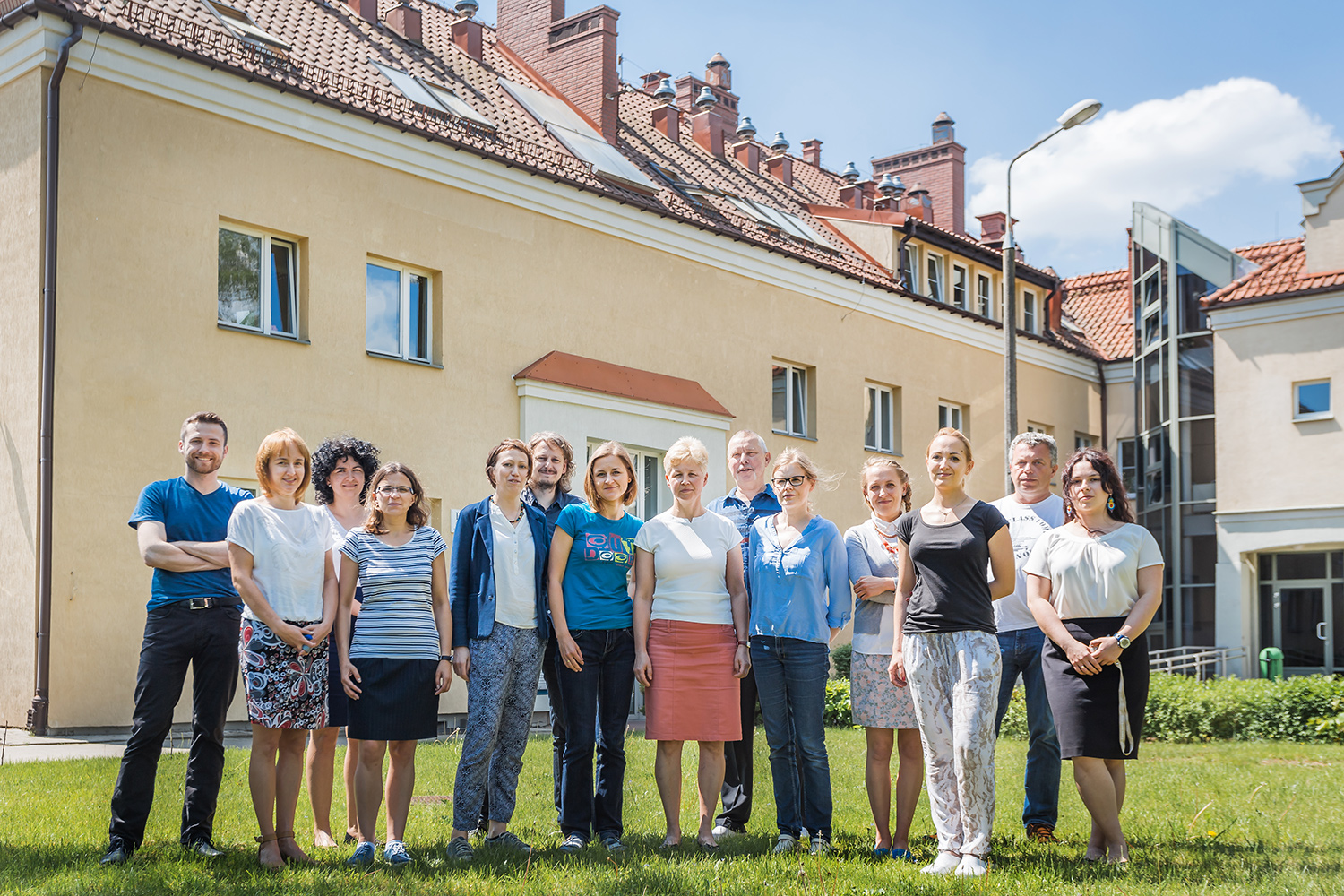Embryo Biology Team
- NCN scientific project – Sonata bis, 2013-2016, p.t.: „Expression and function of lysophosphatidic acid in the bovine ovarian follicle” (NCN 2012/05/E/NZ9/03480), principal investigator- Izabela Wocławek-Potocka,
- NCN scientific project – Preludium, 2013-2016 pt. „Can lysophosphatidic acid contribute to endometriosis?” (2012/05/N/NZ5/02606), principal investigator – Ilona Kowalczyk-Zięba,
- NCN scientific project – Preludium, 2014-2017, p.t.: „Expression and function of lysophosphatidic acid in the bovine oviduct” (NCN 2013/11/N/NZ9/00101), principal investigator – Emilia Sinderewicz,
- Internal project IRZiBŻ PAS, 2015–2017, p.t.: „Does hypothyroidism influence on oocyte quality and early preimplantation embryo development in the rat”, principal investigator – Izabela Wocławek-Potocka,
- NCN scientific project – Preludium, 2015-2018, p.t.: „Does prostaglandin E2 synthesis and its receptors expression in the bovine embryos cultured in vitro reflect oocyte quality” (2014/13/N/NZ9/03924), principal investigator – Dorota Boruszewska,
- NCN scientific project – Opus, 2016-2019, p.t.: „Prostanoid signaling during in vitro development of the bovine embryos” (2015/17/B/NZ9/01688), principal investigator – Izabela Wocławek-Potocka,
- Scientific project from the National Leading Research Centre (KNOW) „Healthy animal – safe food”, 2016-2019, p.t.: „Examination of prostaglandin E2 signaling in the cultured in vitro bovine embryos from the oocytes derived by the ovum pick up method based on the good and poor quality oocytes„, principal investigator – Izabela Wocławek-Potocka.
Embryo Biology Team
- Isolation and characterization of fish seminal proteins, such as transferrin, serine proteinase inhibitors, lipocalin, fetuin, parvalbumin and lipoproteins.
- Studies on fish ovarian fluid
- Cryopreservation of fish semen.
- Studies of male avian reproductive system.
Molecular Andrology Team
- The broadening and improvement of the sperm cryopreservation methods of deer obtained under post mortem conditions and comparative research of sperm quality (epididymal and ejaculated). Research activities of the Team are also concentrated on the improvement of European bison sperm cryopreservation methods as the basis of European bison genetic bank establishing and evaluation of the effectiveness of cryopreservation after cattle oocytes heterologous fertilization in vitro and in vivo insemination to obtain the hybrids.
- Determination of influence of the experimentally controlled photoperiod on growth and development of deer antlers.
- Sperm cryopreservation of chosen fish species with use of proteins instead of egg yolk. Simultaneously, studies are undertaken to determine effects of albumin and casein on sperm physiology and their usefulness in short-term preservation.
- Ageing of fish sperm and biology of this process. The processes in sperm in vivo and in vitro during short- and long-term preservation are examined. Research activities lead to determination of biochemical changes in seminal plasma and sperm phospholipids as well as protein degradation and phosphorylation and lipids oxidation rate. Studies in relation to the improvement of short-term preservation methods are undertaken, trying to eliminate the damaging processes during in vitro sperm preservation.
- As a part of the project, until 2010 we have commenced a study concerning isolation and characterization of β-N-acetylglucosaminidase from rainbow trout sperm and sturgeons. In mammalian sperm this enzyme originates from acrosome. Data concerning the origin and function of β-N-acetylglucosaminidase fish sperm are very obscure. The role of this enzyme in fertilization of fish with sperm acrosome (sturgeons) and without acrosome (teleost – rainbow trout).
cze ZBGZ

